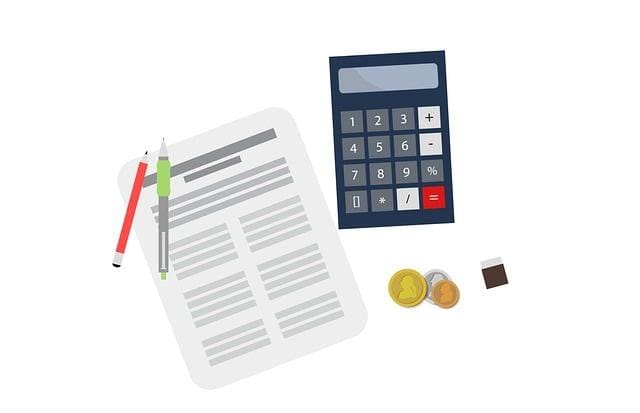What strategies can help with sticking to a budget?
Creating a Budget That Works for You
Are you struggling to manage your finances effectively? You’re not alone. Creating a budget that works for you is a vital step towards achieving financial stability and reaching your financial goals. This comprehensive guide aims to provide you with practical tips, benefits, and real-life success stories for building a budget that aligns with your lifestyle and aspirations.
The Importance of Budgeting
Budgeting is essential as it helps you track your income and expenses, prioritize spending, and save for future goals. A well-crafted budget empowers you to make informed financial decisions and reduces financial stress. It keeps you on track, ensuring you have enough funds to cover your needs while nudging you towards your savings goals.
Steps to Create a Budget That Works for You
1. Assess Your Financial Situation
Start by evaluating your current financial status. Gather all your financial statements, including income sources, monthly expenses, bank accounts, and debt obligations. Understanding your financial standing is crucial for creating a realistic budget.
2. Define Your Financial Goals
What do you aim to achieve with your budget? Whether it’s paying off debt, saving for a down payment on a house, or planning a vacation, having clear, measurable goals will keep you motivated. Outline your short-term and long-term goals to provide direction to your budgeting efforts.
3. Categorize Your Expenses
Divide your spending into essential and non-essential categories. Here’s an example:
| Essential Expenses | Non-Essential Expenses |
|---|---|
| Rent/Mortgage | Dining Out |
| Utilities | Entertainment |
| Groceries | Subscription Services |
| Insurance | Travel |
This categorization helps you prioritize your spending and identify areas where you can cut back if necessary.
4. Track Your Expenses
Monitoring your spending habits is pivotal to sticking to your budget. Utilize budgeting apps or a simple spreadsheet to record your daily expenses. Compare your actual spending to your budgeted amounts regularly to ensure you remain on track.
5. Make Adjustments
Life is dynamic, and so should be your budget. Review and adjust your budget periodically to reflect changes in your income, spending patterns, or financial goals. Flexibility is key to sustaining an effective budgeting plan.
Benefits of a Personalized Budget
- Financial Clarity: A budget provides a clear picture of your financial situation, helping you make informed decisions.
- Debt Reduction: Proper budgeting enables you to allocate funds towards paying off debts faster.
- Savings Growth: Identifying unnecessary expenses allows you to save more money.
- Stress Reduction: Knowing you have a plan to manage finances reduces money-related anxiety.
- Goal Achievement: A budget aligns your spending with your financial goals, making them more attainable.
Practical Tips for Effective Budgeting
1. Use Technology
There are numerous budgeting apps available that can simplify the process. Apps like Mint, YNAB (You Need A Budget), and PocketGuard track your expenses and offer insights into your spending habits.
2. Automate Savings
Set up automatic transfers to a savings account to ensure you’re consistently saving without having to think about it. This ”pay yourself first” approach makes saving a priority.
3. Limit Credit Card Usage
While credit cards offer convenience, they can lead to overspending. Try using cash or debit cards to prevent accumulating high-interest debt.
4. Review and Reflect
Regularly review your budget and reflect on your financial decisions. Celebrating small victories and learning from setbacks will help you stay committed to your financial plan.
Success Stories: Real-Life Examples of Effective Budgeting
Case Study 1: John’s Debt-Free Journey
John, a 30-year-old software engineer, was drowning in credit card debt. By creating a strict budget, cutting non-essential expenses, and focusing on debt repayment, John paid off $20,000 in just two years. His story is a testament to the power of disciplined budgeting.
Case Study 2: Maria’s Savings Success
Maria, a freelance writer, wanted to save for a house down payment. She automated her savings and reduced discretionary spending. Within three years, Maria saved enough for a 20% down payment on her dream home.
Conclusion
Creating a budget that works for you is not a one-size-fits-all solution. It requires understanding your unique financial situation, setting clear goals, and being adaptable. By following the steps outlined in this guide and leveraging practical tips, you can take control of your finances and work towards a secure financial future. Remember, the key to effective budgeting is consistency and willingness to adjust as your circumstances change.
Start today, and transform your financial life with a budget that truly works for you!
